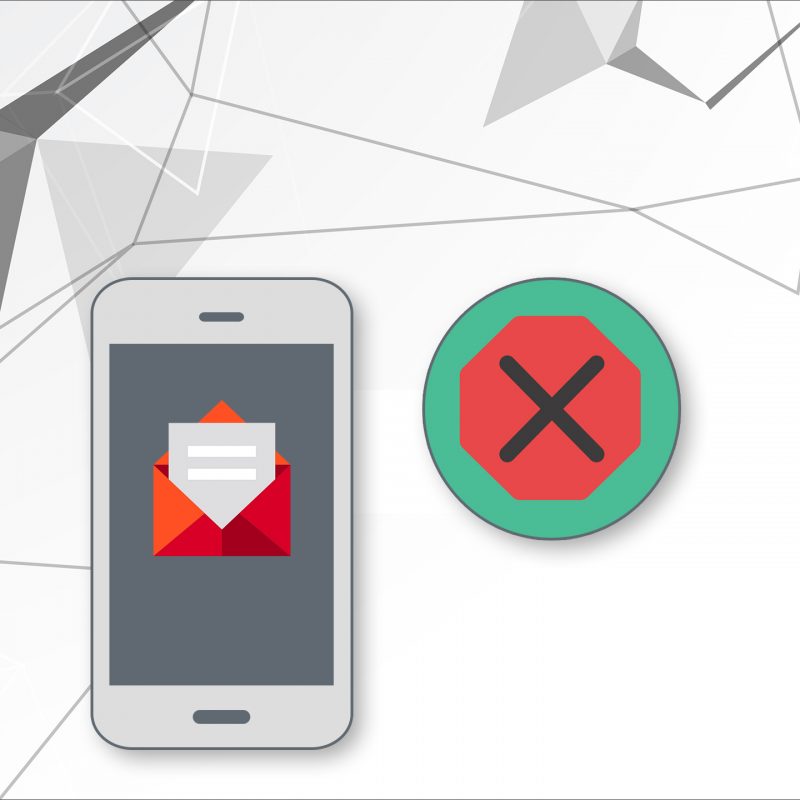Check Your Account Settings in Messages. You can find these settings under “Messages - Preferences.” These settings control the connection between the Messages app and your messaging data associated with your Apple ID, phone number, and iCloud. Fix: Check your Mail Connections. Open the Mail app. Go to the Window in the top menu and click on Connection Doctor. This will show whether there are problems with connecting to the Mail app. Now re-check account settings and delete and re-add your Mail account to reset this. Your Mail app and every email should be accessible again.
When you first set up Messages on your Mac, you're asked to sign in to your iMessage account with your Apple ID. Messages then automatically attempts to sign in every time you open it. Signing in to FaceTime is similar. If either app doesn't sign in successfully, try these solutions.
Check your Internet connection
Make sure that your Mac is connected to the Internet. You should be able to load web pages or receive email, for example.
Check for a service outage
Check the Apple System Status page for a temporary outage affecting iMessage or FaceTime.
Check your Date & Time settings
- Choose Apple menu () > System Preferences, then click Date & Time. Make sure that the date, time, and time zone are correct.
- If the ”Set date and time automatically” checkbox is selected, deselect it and select it again. (If the checkbox is dimmed, click and enter your administrator password.)

Make sure that your software is up to date
Learn how to update your Mac software. Software updates can improve the stability, compatibility, and security of your Mac, and might also resolve the issue.
Check your Apple ID
To make sure that your Apple ID and password are correct, go to the Apple ID account page and sign in with the same Apple ID that you're using with Messages and FaceTime. If that works, open the app and take these steps:
Why Will My Message App Not Connect On Macbook Pro
- Messages: Choose Messages > Preferences, then click Accounts. Select your iMessage account, then click Sign Out. Now sign in again with the same Apple ID you used on the Apple ID account page.
- FaceTime: Choose FaceTime > Preferences. In the Settings tab, click Sign Out. Then sign in again with the same Apple ID you used on the Apple ID account page.
Reset NVRAM
Why Will My Message App Not Connect On Macbook
In case the issue is related to any of the settings stored in NVRAM, reset NVRAM on your Mac.
Check for third-party software
Why Will My Message App Not Connect On Macbook Air
If you installed firewall, security, VPN, or other third-party networking software, make sure that the software isn't blocking any of the network ports used by iMessage and FaceTime. If necessary, disable the software and then try using your iMessage account or FaceTime again.
Why Will My Message App Not Connect On Mac Os
Learn more
Learn what to do if you have other FaceTime issues.

FaceTime is not available in all countries or regions.